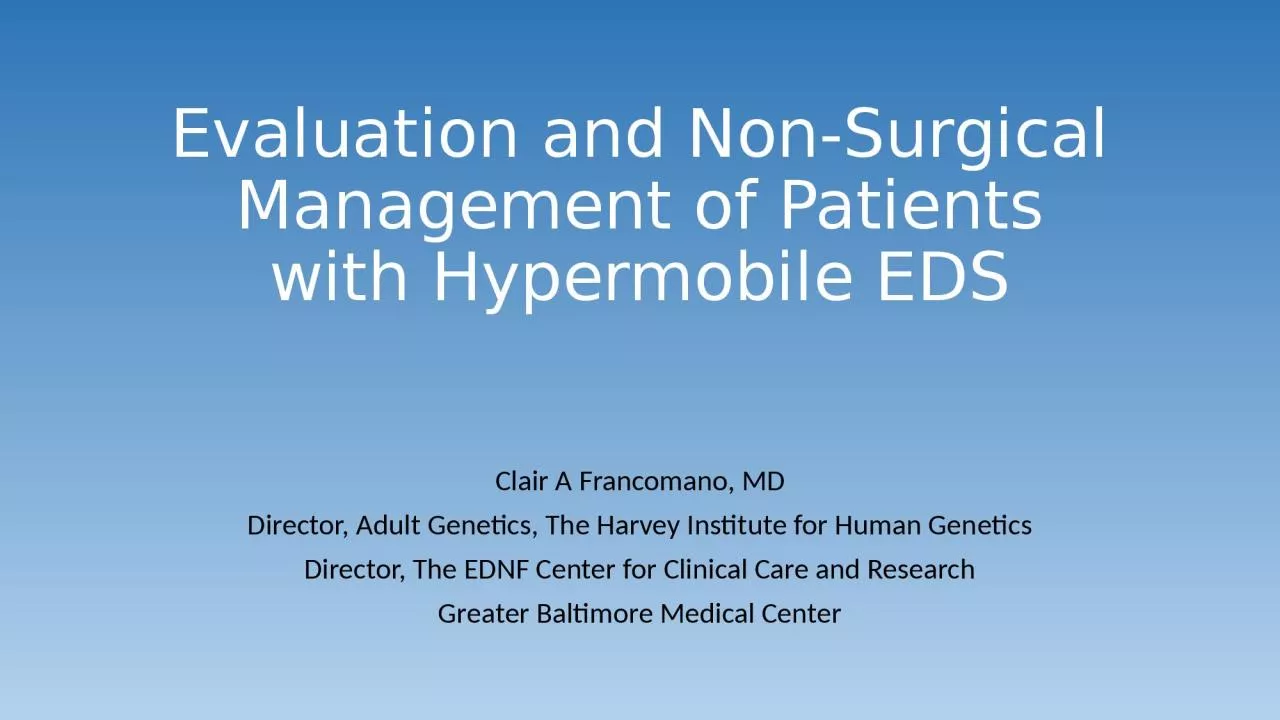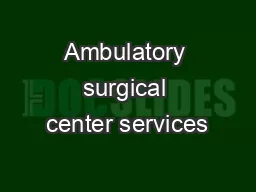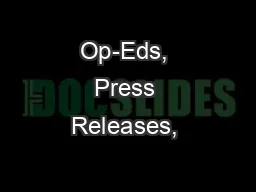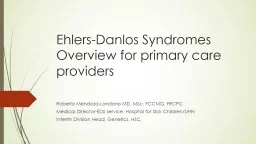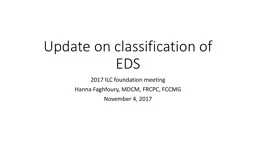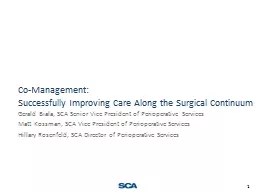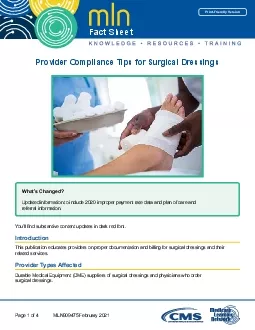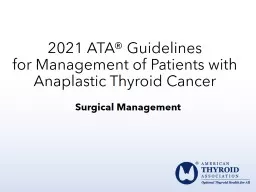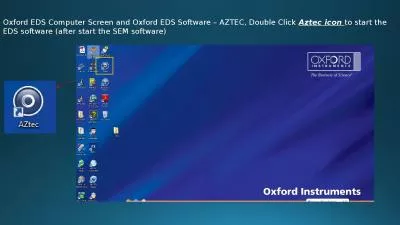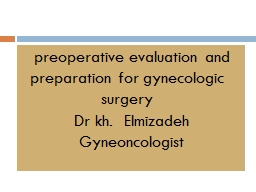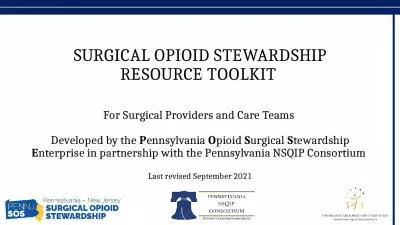PPT-Evaluation and Non-Surgical Management of Patients with Hypermobile EDS
Author : jovita | Published Date : 2022-06-11
Clair A Francomano MD Director Adult Genetics The Harvey Institute for Human Genetics Director The EDNF Center for Clinical Care and Research Greater Baltimore Medical
Presentation Embed Code
Download Presentation
Download Presentation The PPT/PDF document "Evaluation and Non-Surgical Management o..." is the property of its rightful owner. Permission is granted to download and print the materials on this website for personal, non-commercial use only, and to display it on your personal computer provided you do not modify the materials and that you retain all copyright notices contained in the materials. By downloading content from our website, you accept the terms of this agreement.
Evaluation and Non-Surgical Management of Patients with Hypermobile EDS: Transcript
Clair A Francomano MD Director Adult Genetics The Harvey Institute for Human Genetics Director The EDNF Center for Clinical Care and Research Greater Baltimore Medical Center Hypermobile EDS is a Complex Disorder. Danlos. Syndrome. Update 2011. What We Know – . And What We Don’t Know. Clair A. . Francomano. , M.D.. Overview. Classification. Pain. Neurologic Complications. Autonomic dysfunction. Chiari. malformation. or ambulatory surgical centers for calendar year 2016. The Congress should also require ambulatory surgical Report to the Congress: Medicare Payment Policy Ambulatory surgical center servicesChapte Matthew Haney, President, Board of Education San Francisco Unified School District. Ramsin Canon, Esq., Co-Founder, Aldertrack.com. Op-Eds, Press Releases, & Political Writing Best Practices. Matthew Haney. Conference. Welcome Remarks. Roberto Mendoza-. Londono. MD, MSc, FCCMG, FRCPC. Medical Director-EDS service, Hospital for Sick Children/UHN. Interim Division Head, Genetics, HSC. Disclosures. I have financial or other conflict of interest to disclose. 2017 ILC foundation meeting. Hanna . Faghfoury. , MDCM, FRCPC, FCCMG. November 4, 2017. Disclosure. I have no financial or other conflicts of interest to disclose. Outline. At the end of this talk you should be able to:. Gerald Biala, SCA Senior Vice President of Perioperative Services. Matt Kossman, SCA Vice President of Perioperative Services. . Hillary Rosenfeld, SCA Director of Perioperative Services. The . Partner of Choice . Page 1 of 4Youll x00660069nd substantive content updates in dark red fontProvider Types Ax00660066ectedWhat146s ChangedSocial Security Act 1861 s5surgical dressings Additional types of errors for surg Enumerate the factors responsible for surgical site infection. . Nosocomial Infection . An infection acquired in hospital by a patient who was admitted for a reason other than that infection .. Infections occurring for more than 48 hours after admission are usually considered nosocomial . Supported by an educational grant from . Jazz Pharmaceuticals, Inc.. EPISODE 3. Richard K. . Bogan. , MD, FCCP, FAASM. President of . Bogan. Sleep Consultants, LLC. Medical Officer, SleepMed, Inc.. Director, SleepMed of South Carolina. Surgical evaluation for ATC. Immediate airway evaluation. Goal: R0/R1resection. Is tumor . resectable. ?. Determine extent of disease based on rapid and accurate staging. Invasion into local structures?. The . Ottawa . Clinic. Non-surgical . = minimal pain . and fast results. Non-surgical body contouring techniques. Minimal discomfort with . l. ittle to no downtime. Results are often seen six to eight weeks after treatment. Aztec icon . to start the EDS software (after start the SEM software). Open Or Set up New Project. Default Project Name . Project 1 (you can change the name). Put your data on the D directory. Data Tree : Project . Dr kh. Elmizadeh. Gyneoncologist. The preoperative process should include comprehensive . counseling. of the patient regarding . alternative treatment options . (including expectant management) and . For Surgical Providers and Care . Teams . Developed by the . P. ennsylvania . O. pioid . S. urgical . S. tewardship . E. nterprise in partnership with the Pennsylvania NSQIP Consortium . Last revised .
Download Document
Here is the link to download the presentation.
"Evaluation and Non-Surgical Management of Patients with Hypermobile EDS"The content belongs to its owner. You may download and print it for personal use, without modification, and keep all copyright notices. By downloading, you agree to these terms.
Related Documents

